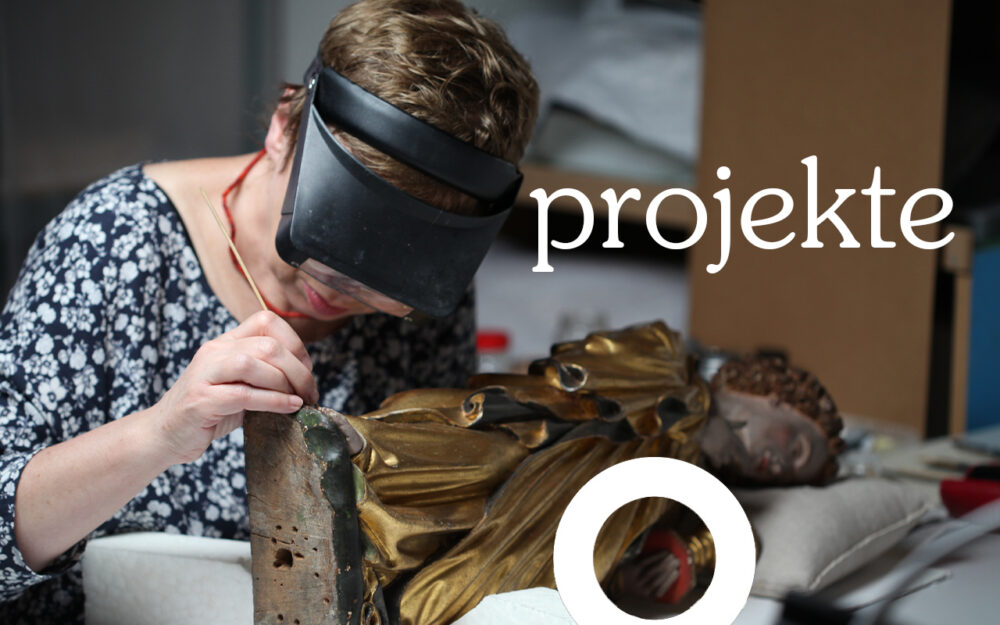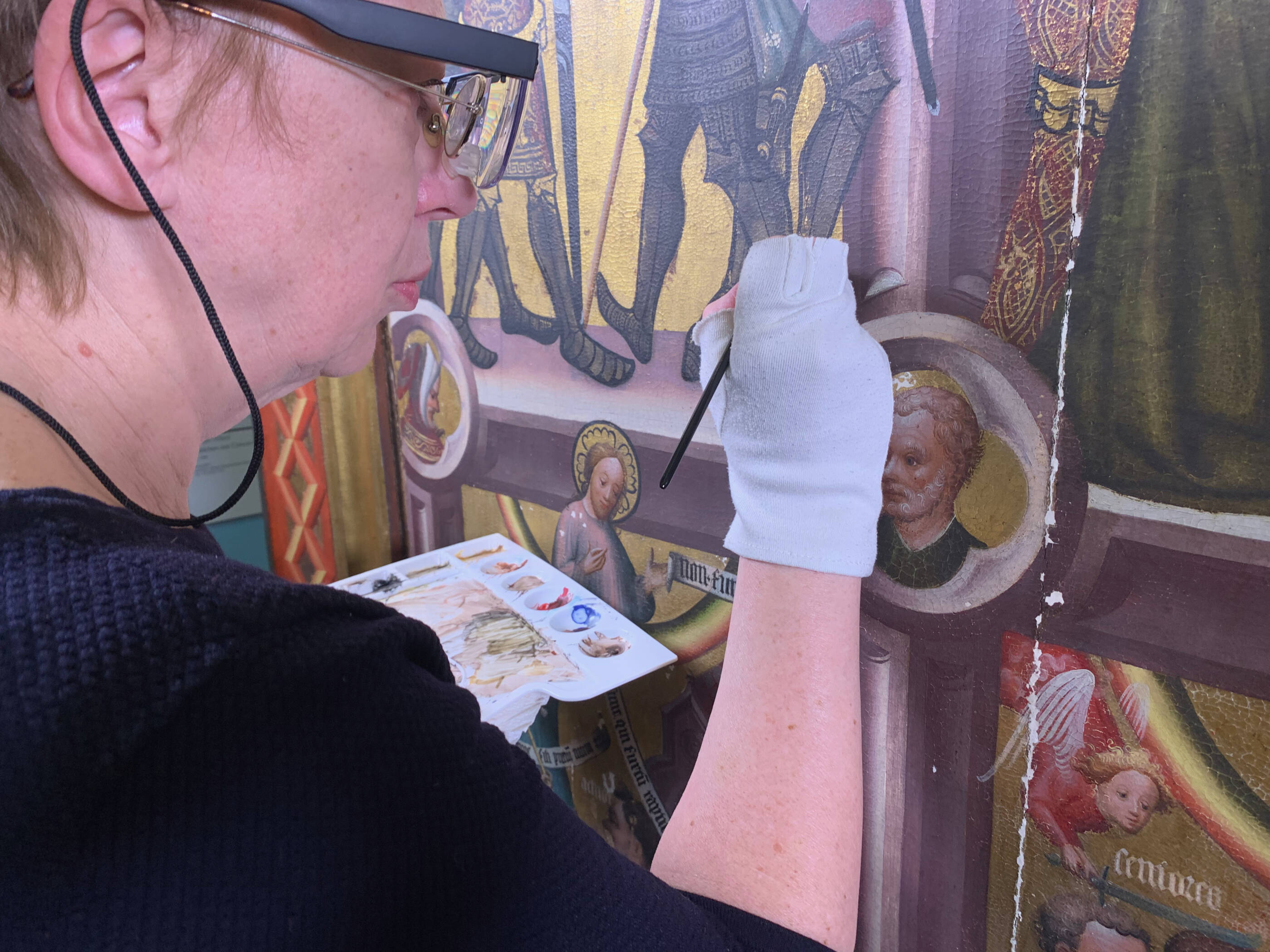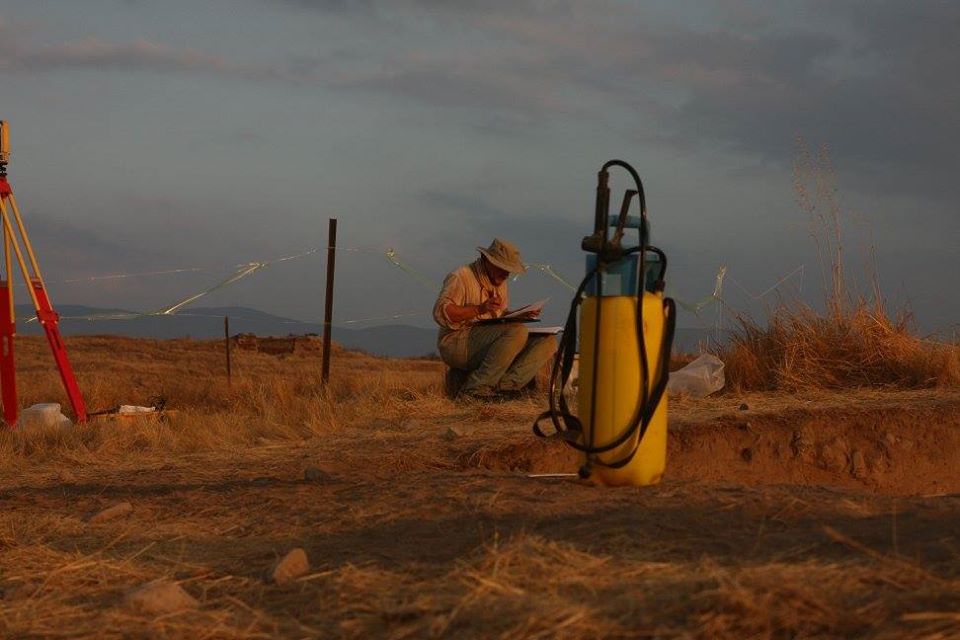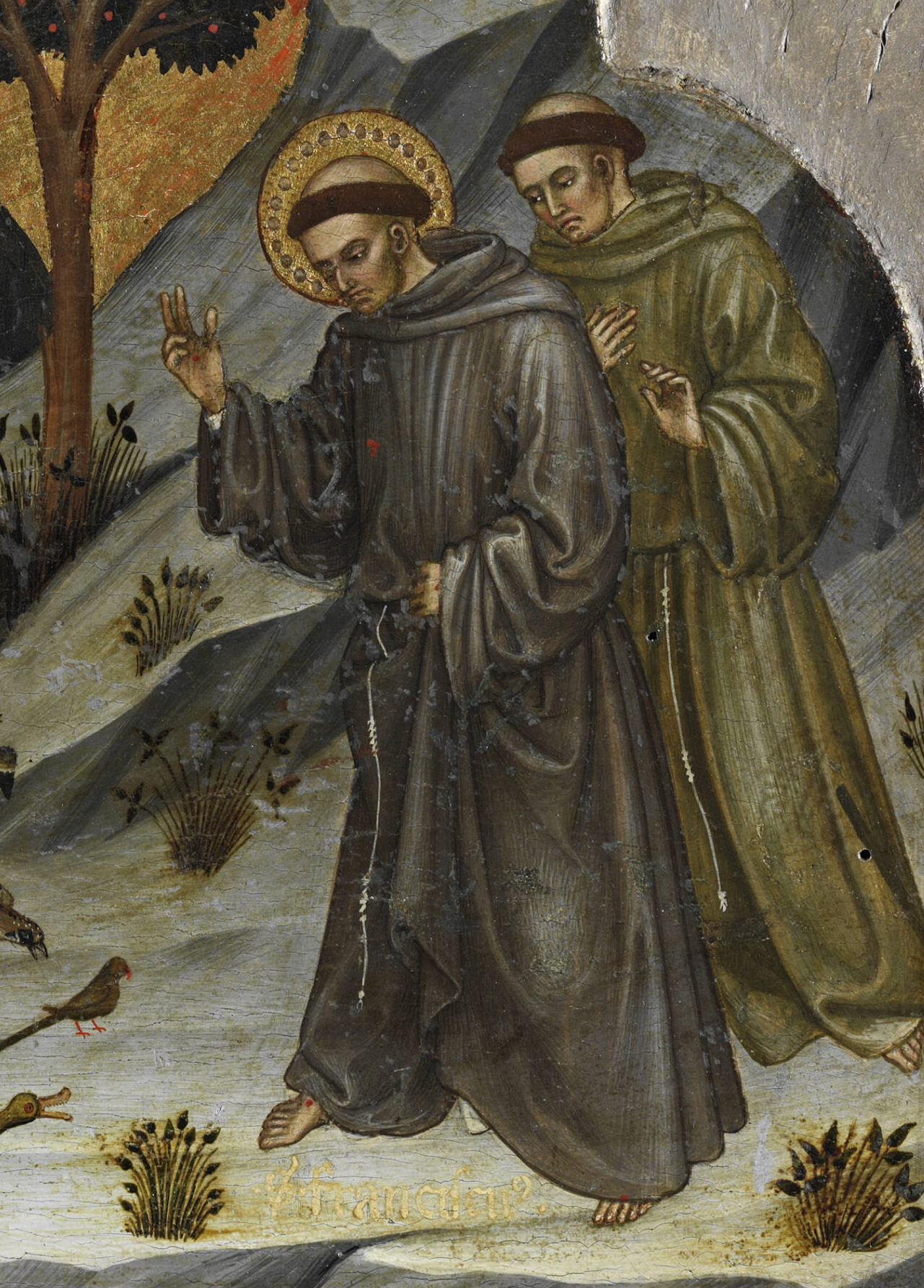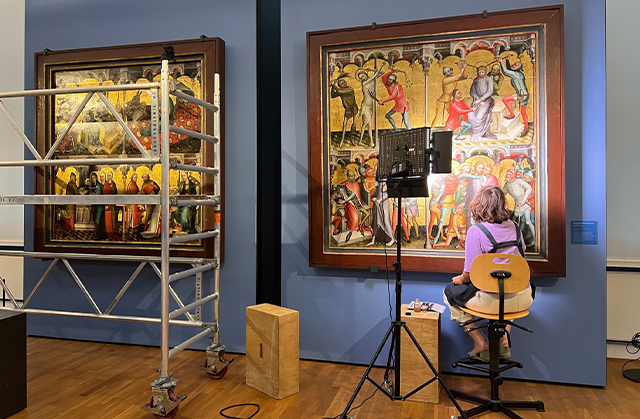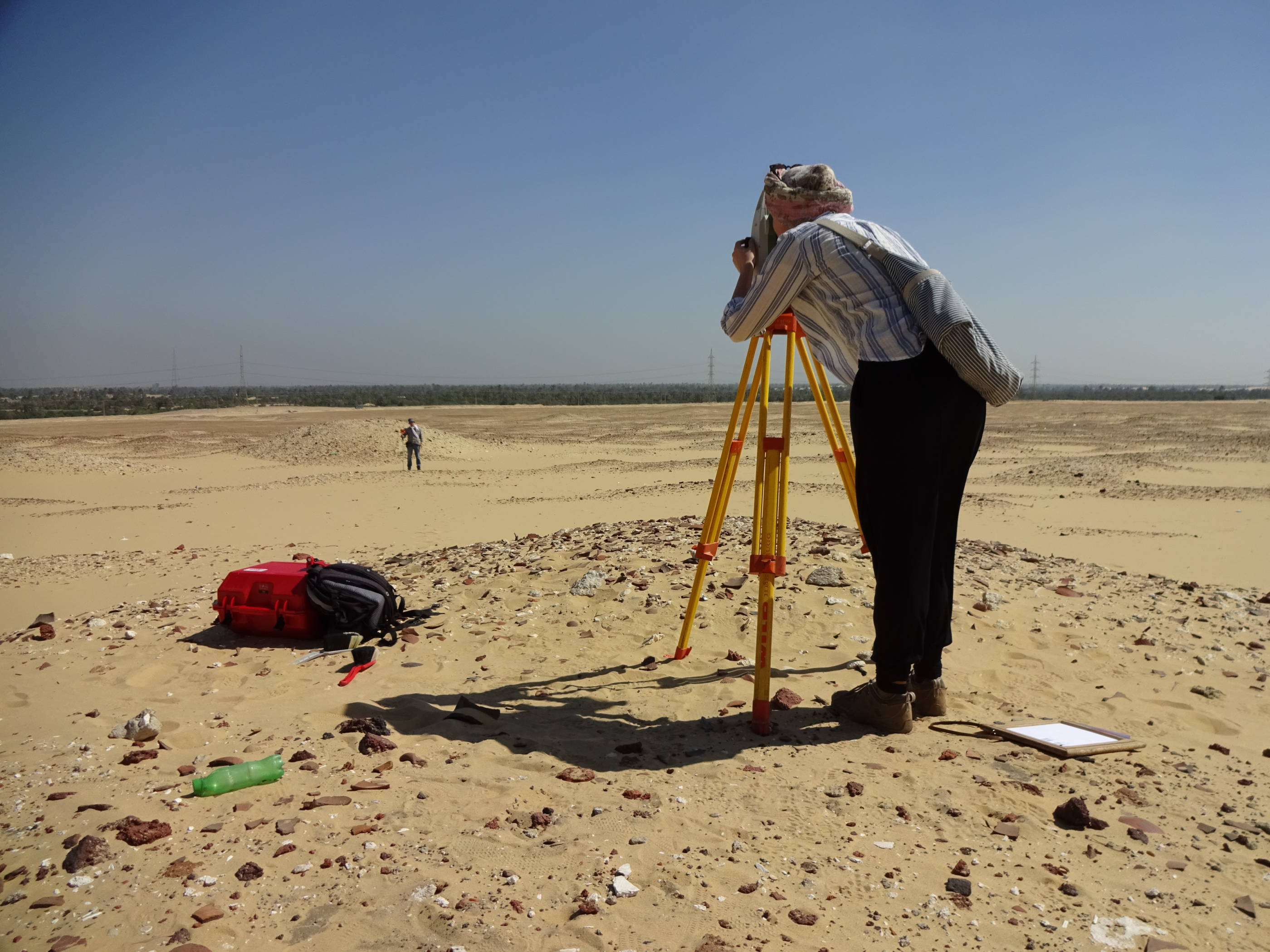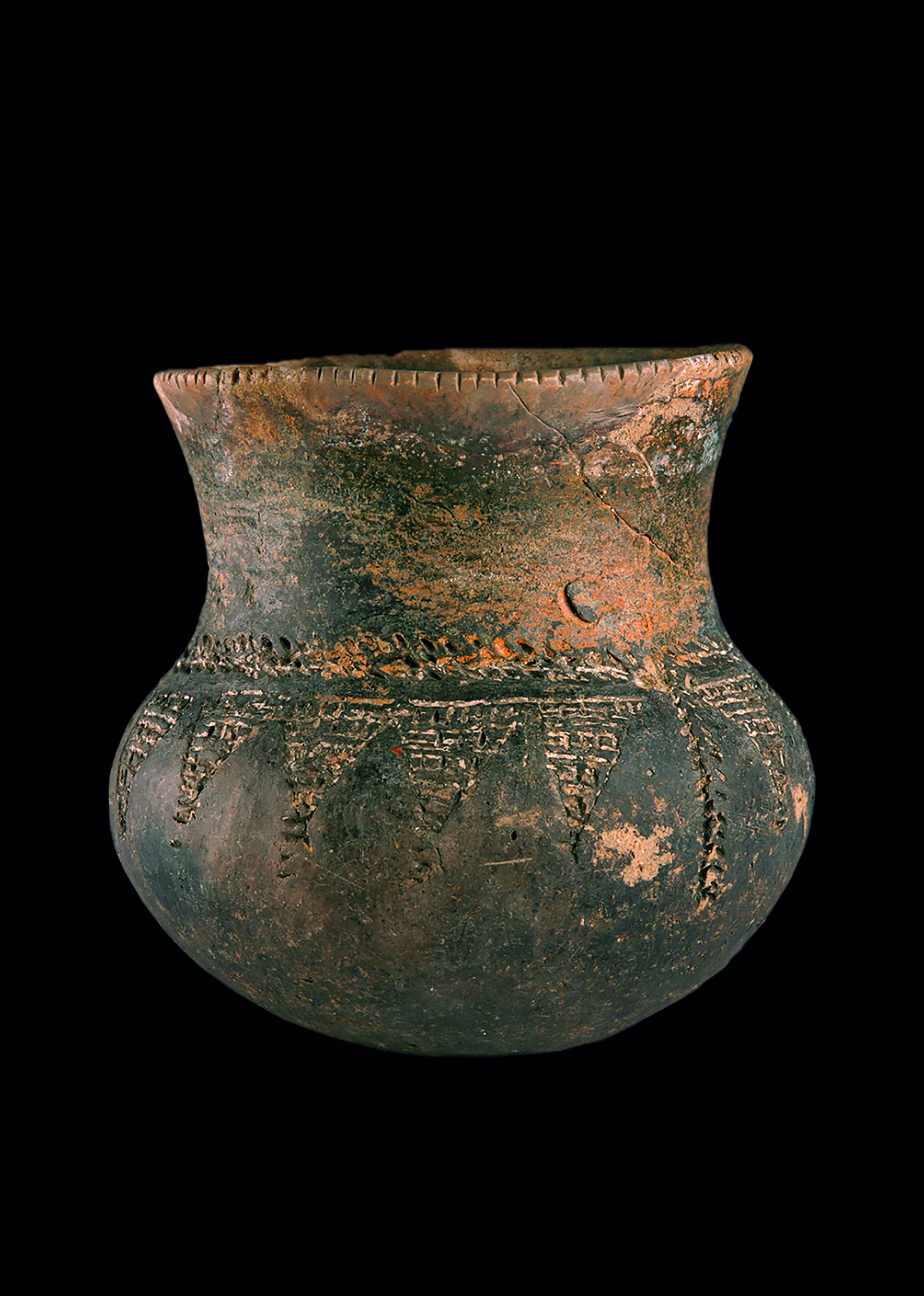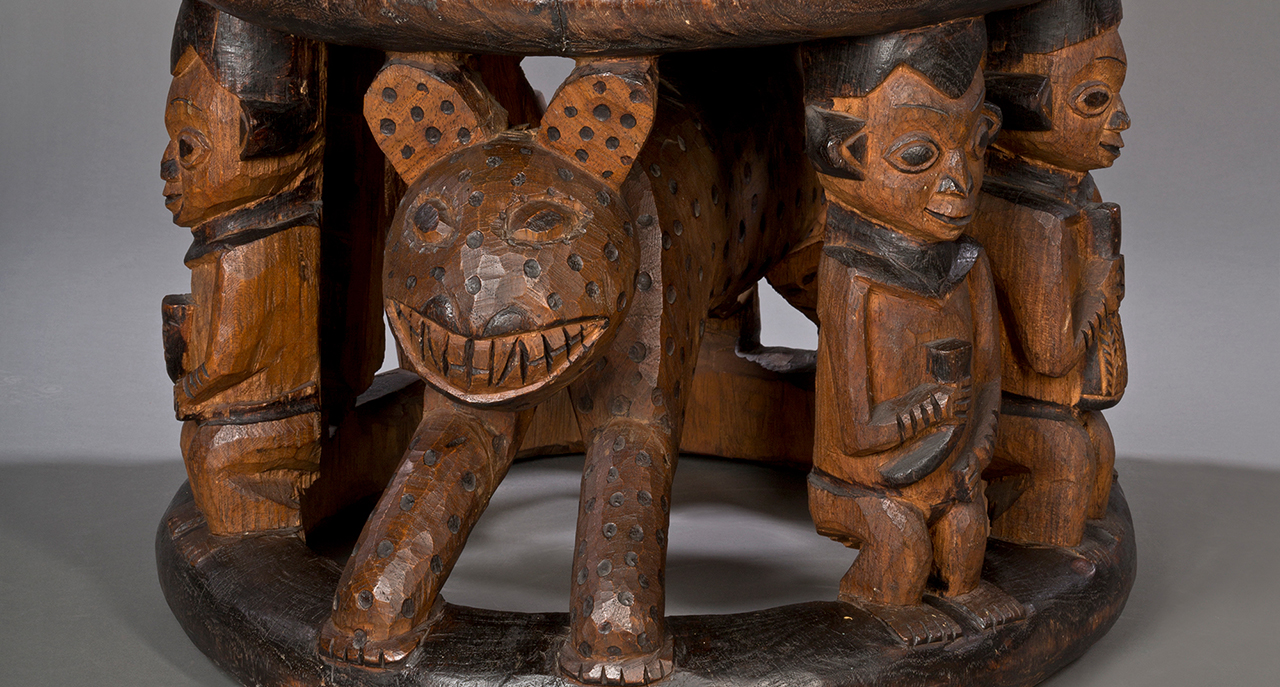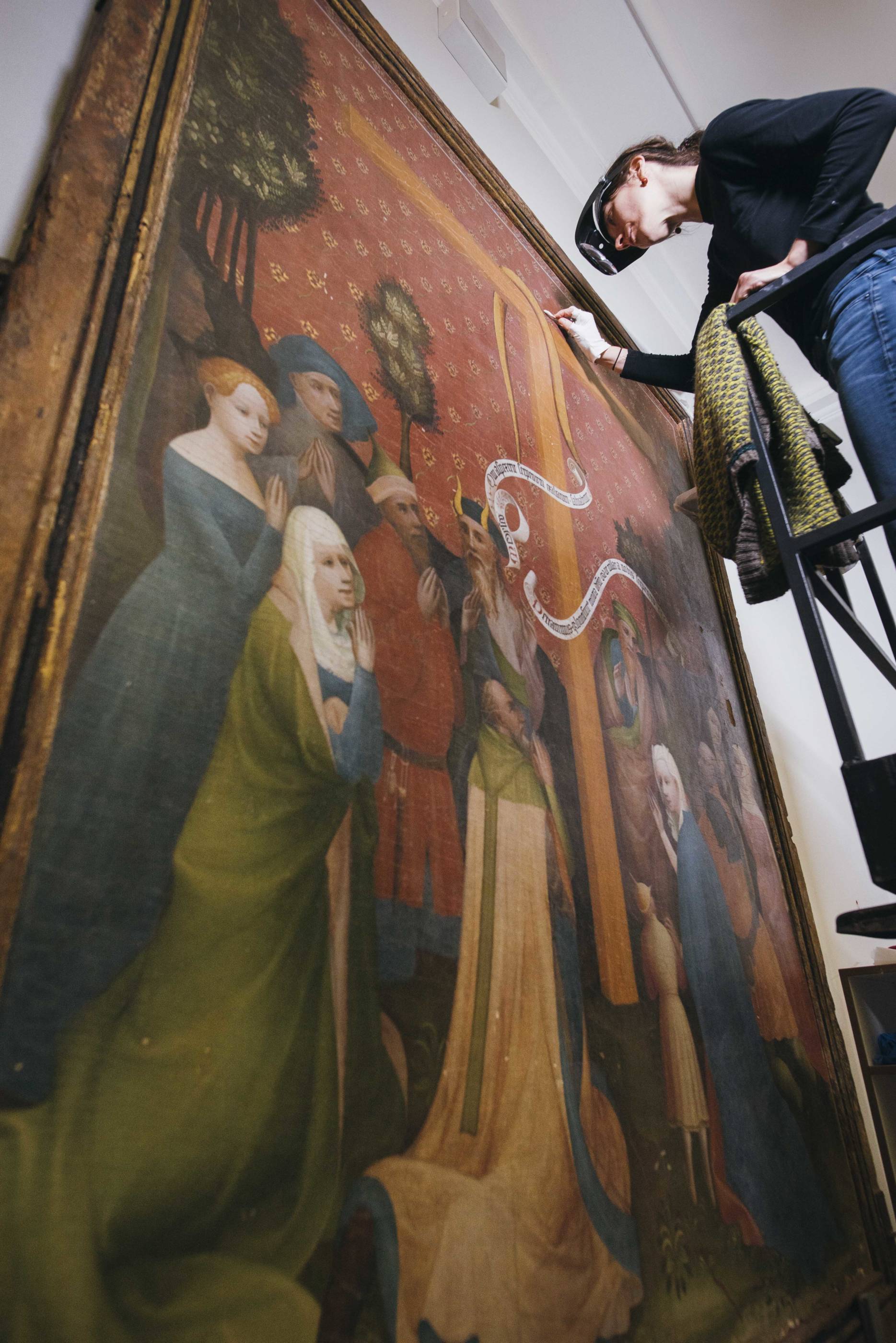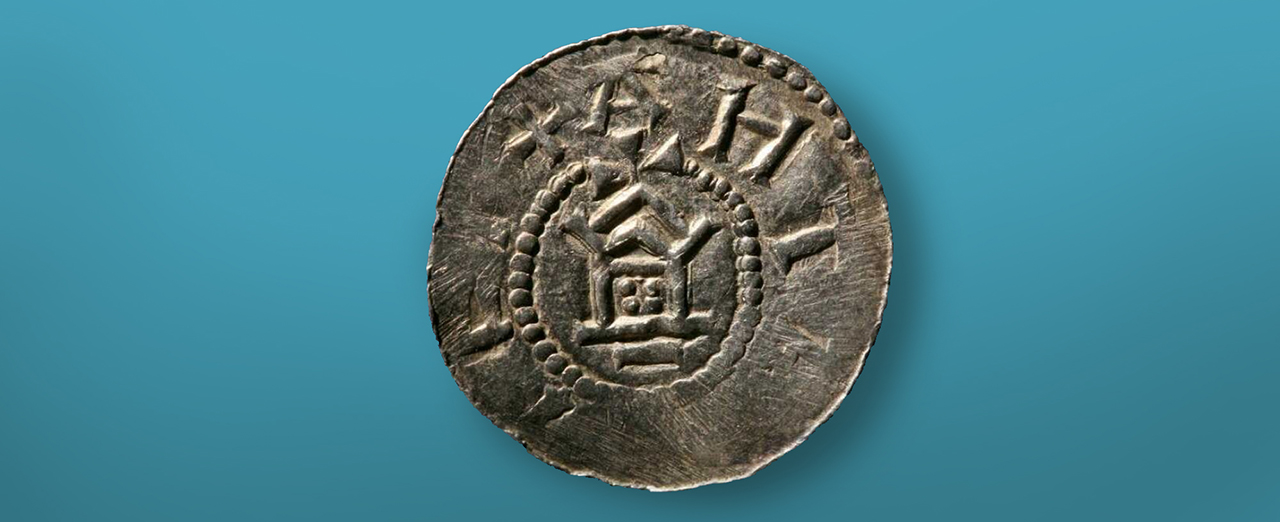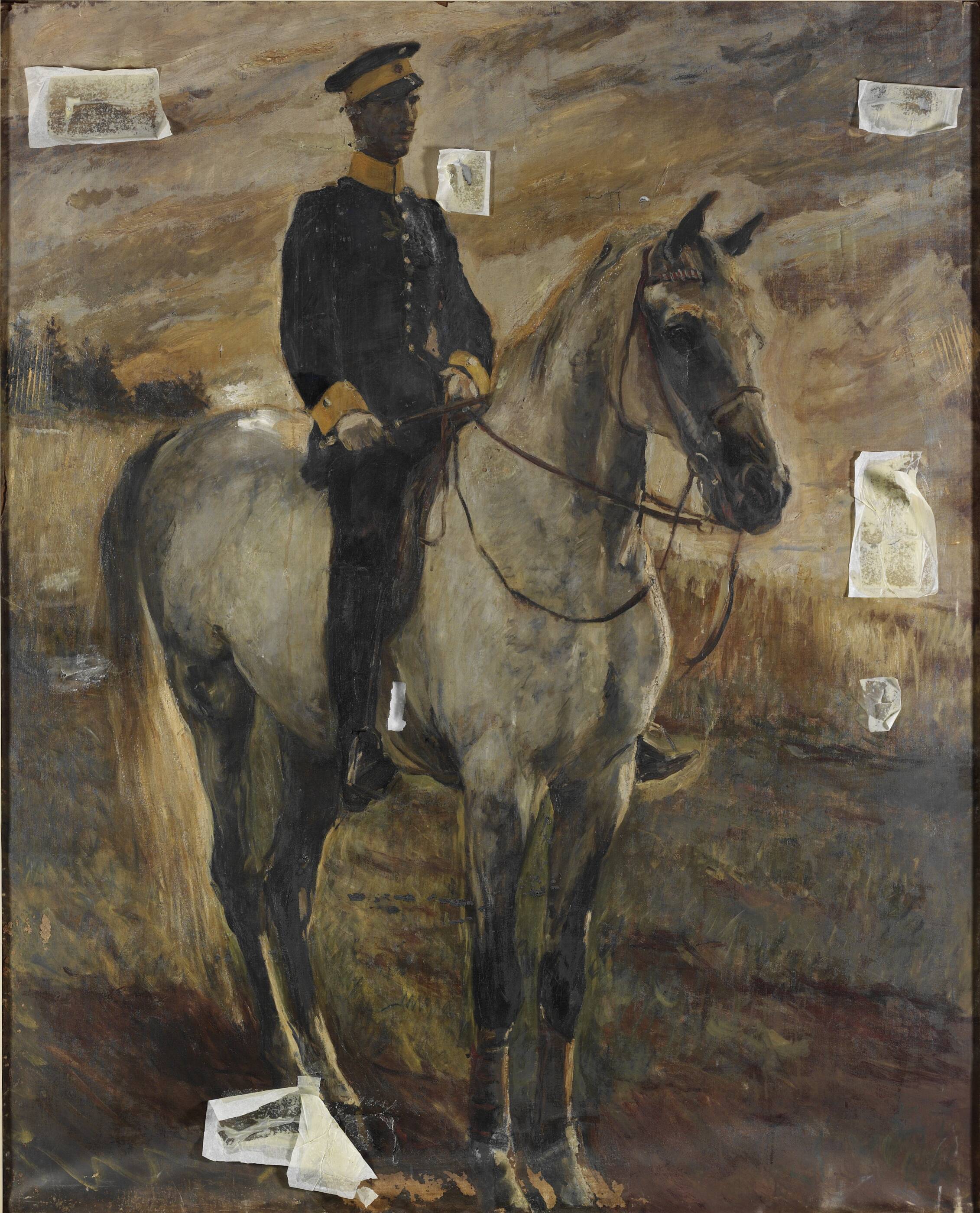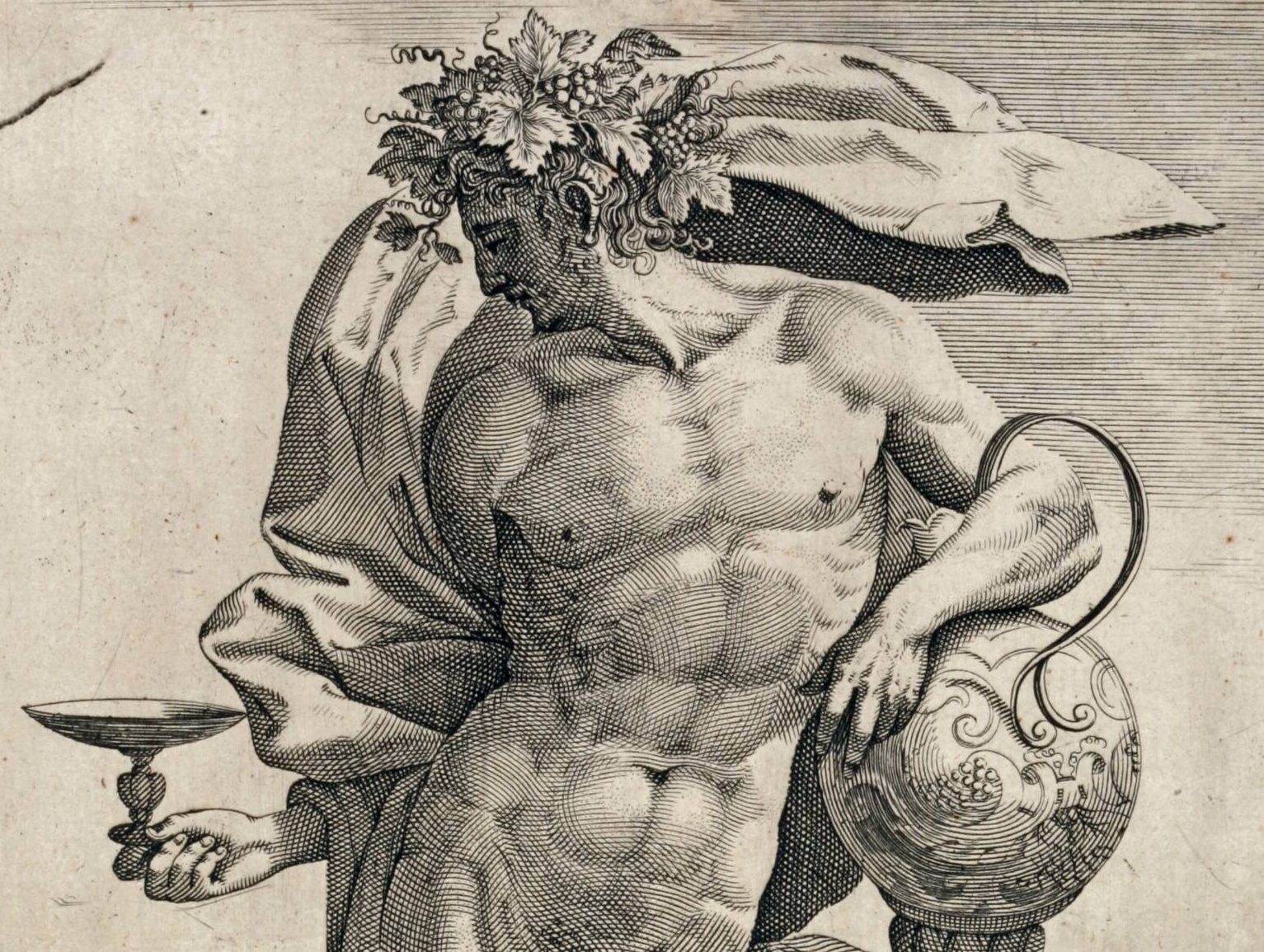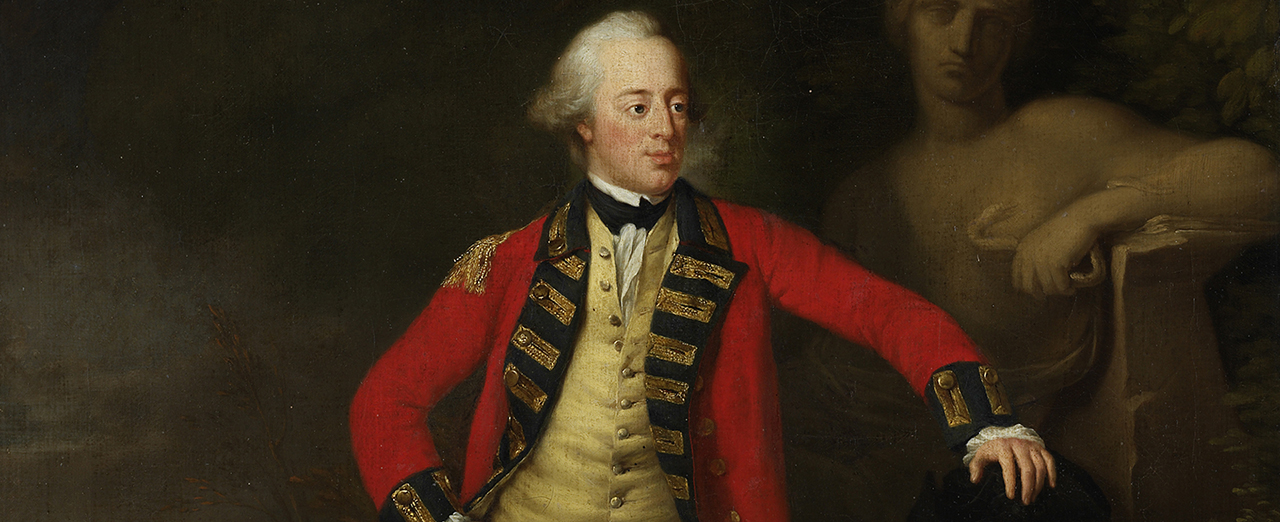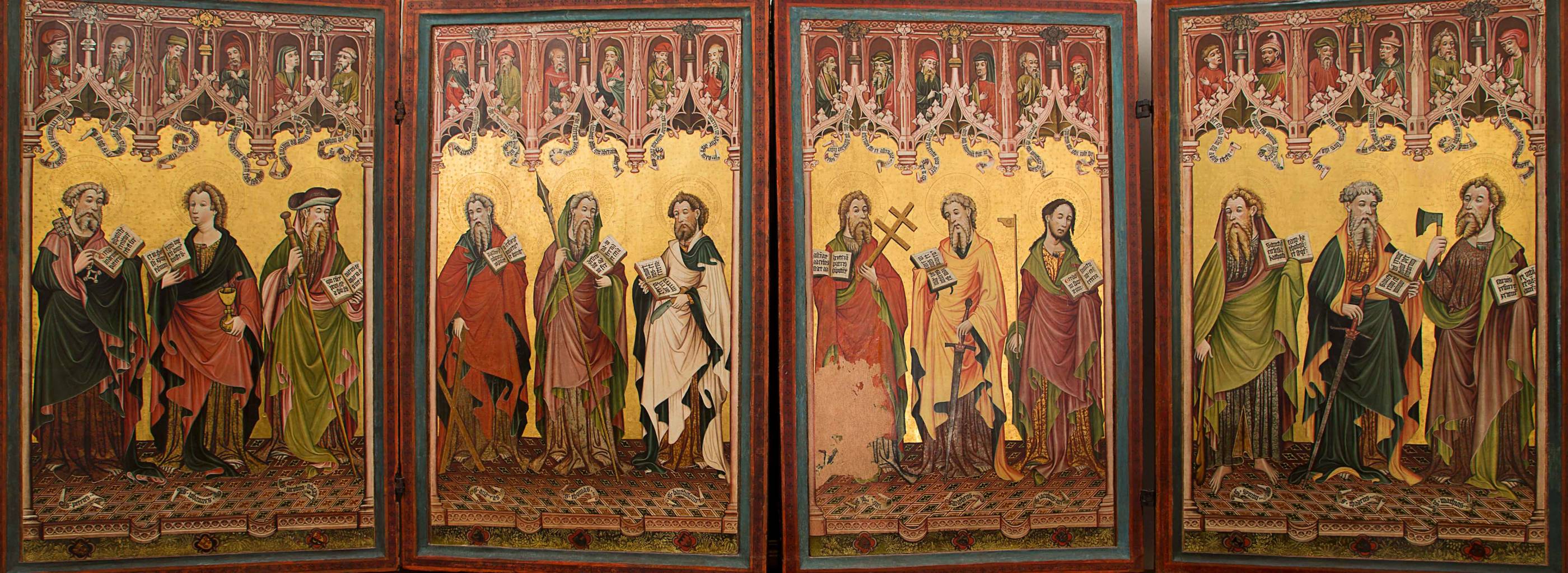The Golden Table, the former high altarpiece of the Benedictine monastery church of St. Michaelis in Lüneburg, is one of the most valuable works in the state museum. From 2012 to 2015, the Golden Table was the subject of an interdisciplinary research project. In cooperation with the Gemäldegalerie Berlin, the Städel Cooperation Professorship at the Goethe University Frankfurt am Main and the University of Applied Science and Art in Hildesheim, restorers, art historians and historians have fundamentally examined the object. The four large wings of the once convertible retable were then restored in a publicly accessible workshop in the exhibition collection until 2018. Conservation problems were resolved, later coatings, layers of dirt and old retouches were removed and finally new retouches were applied. In collaboration with a team of engineers and designers, a vibration-isolated base was also designed for the work. As a result, the paintings, sculptures and small architecture are now presented with their original, astonishingly well-preserved colors and in a previously unimagined quality.
The contributions to the international colloquium as well as the detailed documentation of the research project have been published in the Low German Contributions to Art History series:
Antje-Fee Köllermann / Christine Unsinn (ed.): The Golden Table from Lüneburg. Files from the scientific colloquium, volume of results of the research project, in: Low German Contributions to Art History NF 5/6, 2020/2021
Eliza Reichel: Research and restoration of the Lüneburg Golden Table: the projects for the Golden Table, in: Journal for Art Technology and Conservation 33, 2020, pp. 205–216
Kerstin Binzer and Ewa Kruppa: The coatings on the paintings on the Golden Table and their removal, in: Journal for Art Technology and Conservation 33, 2020, pp. 217–225
Gabriele Schwartz: On the restoration of the sculptures of the Golden Table, in: Journal for Art Technology and Conservation 33, 2020, pp. 241–252

